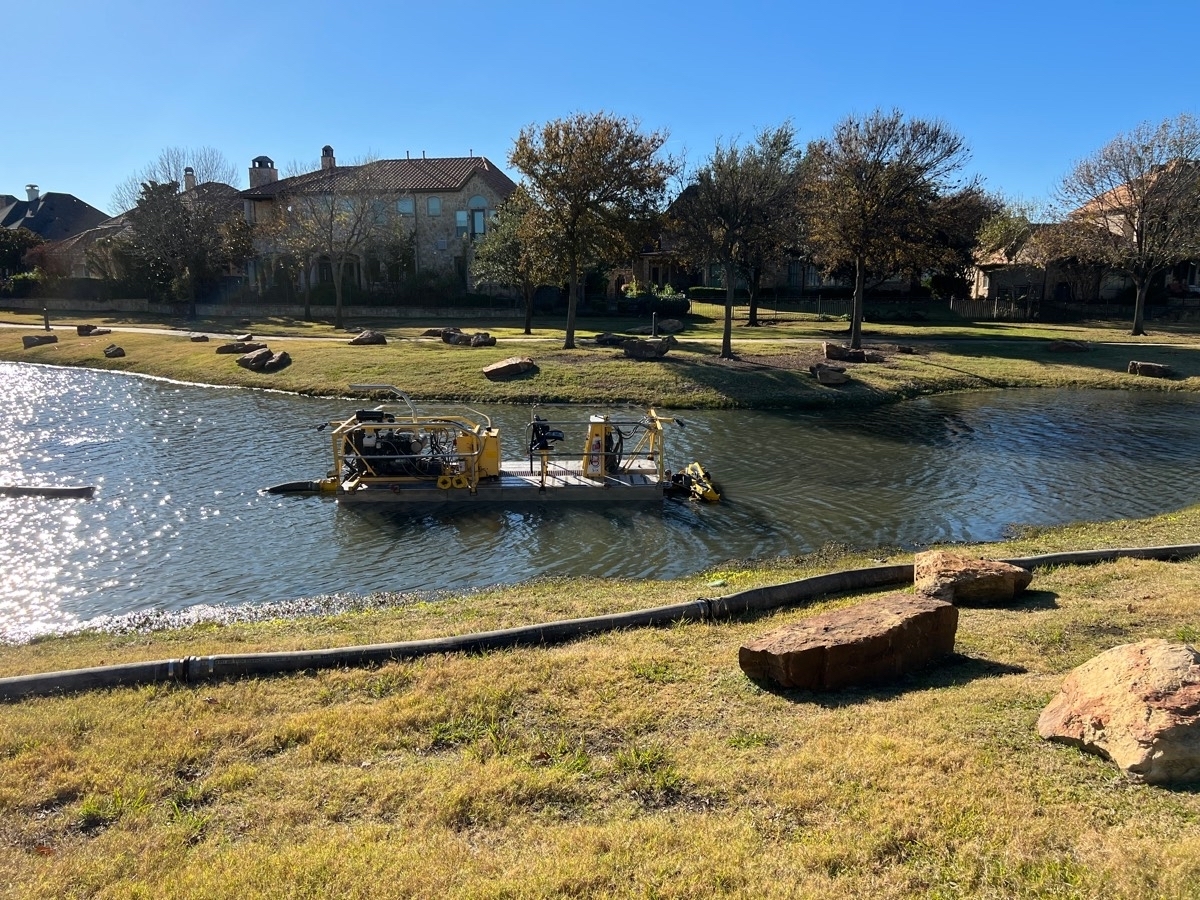Understanding the Problem
Rivers are natural pathways that lead to larger bodies of water like lakes. However, over time, these pathways can become difficult to navigate due to natural processes such as the decline in water levels, the formation of sandbars, and the growth of seaweed near their mouths. These changes can hinder boats from accessing lakes, impacting recreational activities, commerce, and the health of the aquatic ecosystem. This article explores how dredging can help resolve these issues and restore full access to lakes.
Declining Water Levels
Water levels in rivers can decrease due to various reasons including prolonged periods of dry weather, reduced rainfall, and upstream water diversion for agriculture and human consumption. Lower water levels make the river shallower and narrower, restricting boat movement.
Developing Sandbars
Sandbars are accumulations of sand and sediment that are typically formed in the lower speeds of a river’s flow near its mouth. These sandbars can grow large enough to obstruct the path of boats trying to reach a lake.
Increased Seaweed
Seaweed and other aquatic plants can proliferate when water levels drop and sunlight reaches the riverbed, promoting growth. Thick vegetation can entangle boat propellers and make navigation difficult.
What is Dredging?
Dredging is the process of removing sediments and debris from the bottom of bodies of water. This technique is often used to deepen and widen rivers and channels to ensure they are navigable for boats. Dredging is not just about removing obstacles but also involves managing the aquatic environment to maintain its health and functionality.
Benefits of Dredging
Improved Navigation
Dredging removes sandbars, excess vegetation, and other obstructions, which helps in maintaining adequate depth and width of the channel, allowing boats to pass through easily.
Enhanced Safety
By increasing the depth and removing potential hazards, dredging makes waterways safer for boaters, reducing the risk of boats running aground or colliding with hidden obstacles.
Environmental Management
Dredging can help manage the growth of unwanted vegetation by removing the nutrient-rich sediments that feed the growth of plants like seaweed. It also helps in oxygenating the water and improving water quality.
Economic Benefits
A navigable river increases tourism and local business opportunities related to water sports and recreational activities. It also supports local fishing industries and improves transport routes for commercial activities.
Dredging Techniques
Mechanical Dredging
This involves using a backhoe, clamshell bucket, or other mechanical equipment to scoop out sediment. It is effective for targeted dredging around docks and in smaller areas.
Hydraulic Dredging
Hydraulic dredging uses a suction pipe to vacuum sediment and water from the riverbed. The mixture is then transported through a pipeline to a designated disposal area. This method is suitable for larger projects and deeper water.
Environmental Dredging
Focused on minimizing environmental impact, this method removes contaminated sediments with precision. It is used in areas where sediments are contaminated but still require dredging to improve water flow and access.
Challenges of Dredging
Environmental Concerns
Dredging can disturb the ecosystem, displacing wildlife and releasing pollutants trapped in the riverbed sediments into the water column. Careful planning and modern techniques are necessary to mitigate these impacts.
Cost
Dredging can be expensive, requiring specialized equipment and disposal of dredged material. Funding such projects often involves both public and private sectors.
Regulatory Issues
Dredging projects must comply with multiple environmental regulations to ensure that they do not cause harm to the environment. Obtaining the necessary permits can be a lengthy and complex process.
Conclusion
Dredging is a crucial activity for maintaining navigability and safety of river pathways leading to lakes. While it presents certain challenges, the benefits of dredging often outweigh these difficulties by providing improved access, enhancing safety, managing the environment, and boosting local economies. Proper planning, use of appropriate technology, and adherence to environmental guidelines can help ensure that dredging projects are successful and sustainable. This not only helps in restoring access to lakes but also contributes to the overall health of the aquatic ecosystem.
